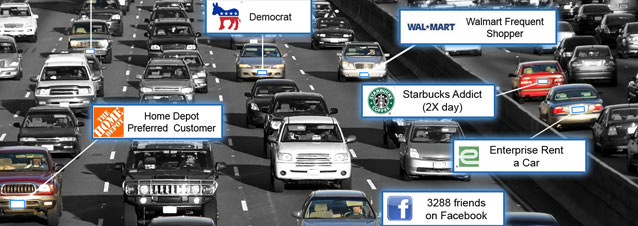Amazon Launches Online Media Storage Service
The online retailer launched two new offerings late Monday: Amazon Cloud Drive and Amazon Cloud Player. The first lets you upload and store files like music, videos and photos on Amazon's servers, which you can get to from a Web browser on a Mac or PC. The second lets you play songs you've uploaded on your computer or on a smartphone that runs Google's Android operating software. The "cloud" in the services' names refers to the practice of storing content online and streaming it to a computer over the Internet.
Amazon's move is beating Google Inc. and Apple Inc., which are believed to be working on similar services that would allow consumers to access their content when away from their home computer.
While Amazon will charge for the Cloud Drive service, it's offering anyone with an Amazon account 5 gigabytes of free storage. That's less space than you'd get on the smallest iPod Touch, but it's a move that's likely to woo plenty of users who might later decide to pay for more storage space.
The Seattle-based company, which already runs an online storage service for companies called Amazon S3, decided to roll out a consumer cloud service to make it easier for customers to access digital content no matter where they are, Amazon music director Craig Pape said.
The offerings could also benefit Amazon's bottom line: The company realized customers were hesitant to purchase MP3s at work because they didn't want them tied to their office computer, Pape said, so Cloud Drive and Cloud Player may drive more impulse music shopping.
"At the end of the day we're trying to delight customers, but we're trying to sell more music, too," he said.
The company also wants to sell cloud storage. If your tunes and videos take up more space than the 5 GB Amazon is giving out, you can pay an annual storage fee to use Cloud Drive: The use of 20 GB of storage, for example, will cost $20 (and this includes the 5 free GB). For an undisclosed period of time, however, Amazon is offering 20 GB of free storage to those who buy a digital album from its Amazon MP3 store.
The player offers simple controls — you can play, pause or skip tracks, or build your own playlists. For users who want to listen while on the go, an updated version of the Amazon MP3 digital music-buying app will include Cloud Player, letting users play music they've stored with Amazon's service on their cell phone as well as tunes that are already on their handsets.


